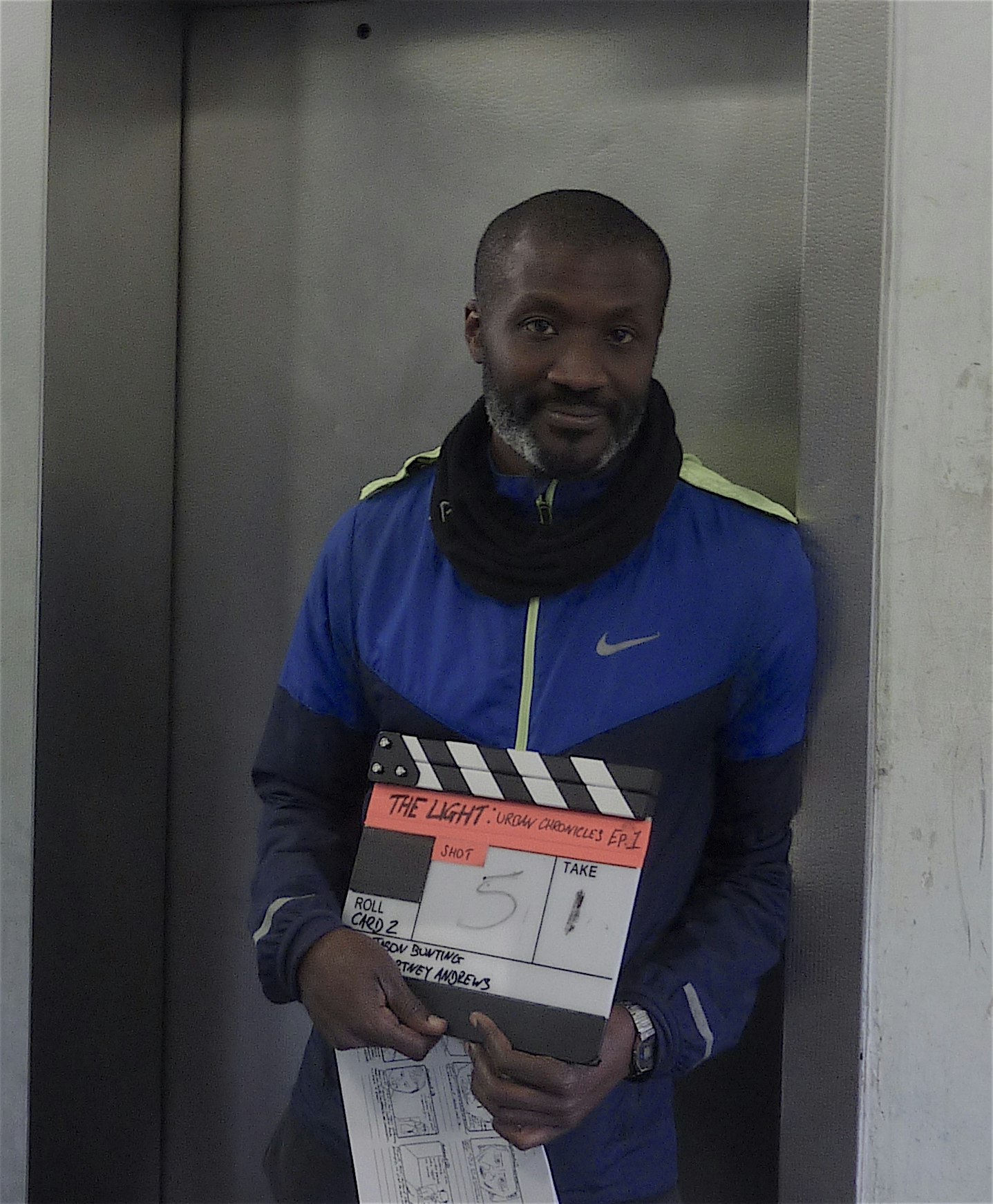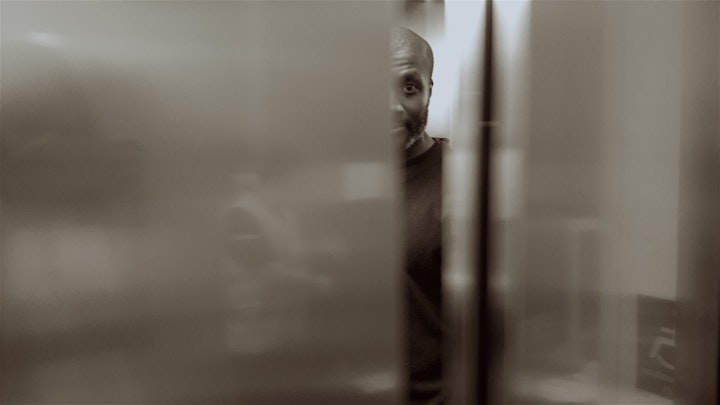Making a film. Any film. Of any size, can often feel like being on a ship and having a crew. If you're the director you'd be the captain; your 1st AD would be your quarter master, and it would trickle down like that.
The ship analogy is also a good one because there are also times while making the film that you definitely feel all at sea.
This is a rough account of how the shoot shook out as well as my feelings at certain points along the way.
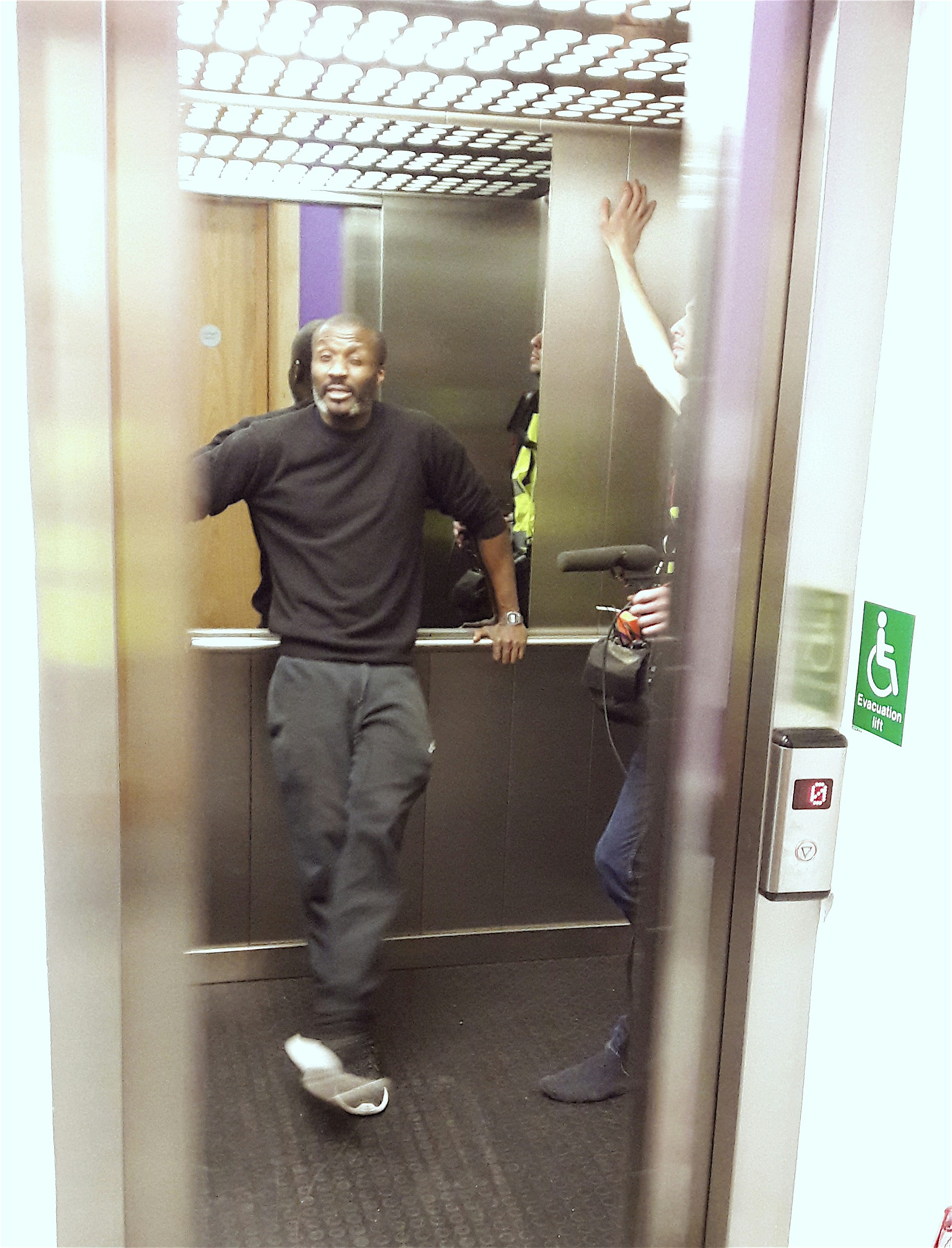
I suppose it really all starts with the crowd funding experience for this one, as that's when the pressure started for me. Crowdfunding, make no mistake, is hard. Once you get over the idea of what can feel like begging - cup in hand - for money, there's all the work you have to do to maintain it until it's completion, such as social media and video updates and thank you letters. By the time you're done with it you're mentally fried. Thankfully for me I raised enough to make the endeavour worthwhile. It was also an amazing experience to learn from, going forward, ultimately.
With the money I'd raised I started properly thinking about assembling a crew. For me there were two potential ways to go. One was assembling friends I know, handing them equipment I'd already acquired and just getting it done, which in a lot of ways is the truest form of guerrilla filmmaking. The other was to split the crew between experience and novice, which is the way I ultimately went. Posting for, sitting down with, then choosing crew is a bit of a process. I decided to get experience for the two key technical roles - the DP and the sound - as, as most people would agree, those're the roles imperative to getting a film right. Or at least to a broadcast-able level.
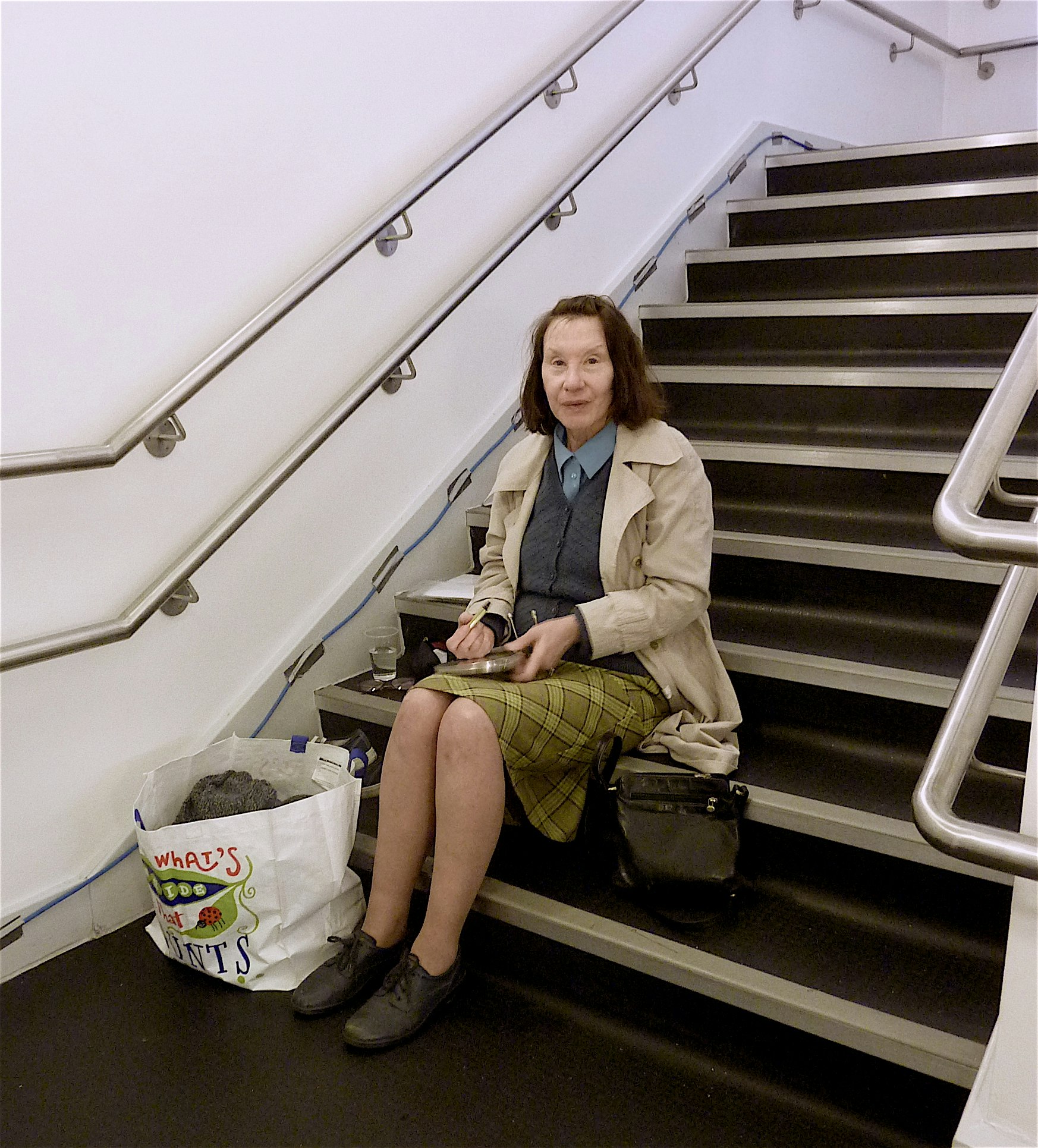
The saying I adhere to whilst filming, that I've picked up the hard way, is 'whatever can go wrong will go wrong'. This is the mindset that's helped me be more fluid when the seas begin to get choppy, filmmaking-wise, or when the ship goes off course.
Outlaying the best examples of this motto will hopefully serve to shed some light on the process holistically, as the bigger moments often illuminate the smaller ones.
A day before the first day of filming (Friday 21st April, 2017) and I still hadn't outfitted my leading actor, Terence Anderson. Terence had been away with some acting work and it'd been virtually impossible to meet before then. I drove down to him, aiming for early afternoon. I gave myself an hour and thirty minutes to get to his place, which is 30 minutes more than I'd usually give; knowing it would be a long day as we'd be attending a final rehearsal/meeting later that day all the way across town in West Norwood, I was trying to get a positive jump o the day. I was supposed to get to Terence's for 3:30pm, but found myself waiting in unmovable traffic pretty much all the way down. By the time I got to him I was frazzled and we were running very late, as the shops would close about 5:30/6pm and it was now about 4:30pm. The window to find the required outfit was now tiny and, to make matters worse, the thriving marketplace that is Walthamstow market closes earlier on a Friday, reducing our options massively.
We ended up going to about three shops; the three that were still open that catered for the kind of outfit the character of Urban Stranger would need. None of the options were quite right, and I found myself, by about 5:30pm, faced with the idea that we may actually not get the items we need that day. Which is kind of a nightmare as we started filming the very next morning (Saturday the 22nd April). We walked along the strip of the now empty marketplace, desperately looking for shops that would even be open, as it had now exceeded 5:30pm. We found a shop that sold pretty expensive sports gear, that we were told would be closing in about 10 minutes. We looked around the shop quickly and luckily happened upon a puffa jacket that looked like it fit the bill. We bought it and moved on quickly, as there was still the characters hoody and iconic hat to find.
We went into another nearby shop that, from the outside, seemed to sell an assortment of unrelated (for our requirements) clothes that definitely wouldn't have given me pause to go in, normally. It was a shop we entered out of a serious lack of options, and desperation. In the back, and to my great surprise, we found ourselves faced with an assortment of American baseball caps, the very kind we'd been looking for, as well as a selection of appropriately Urban Stranger-esque hoodies. We'd essentially hit the Jackpot in the very last shop we entered, as, with the constraints on our time as well as our timing in visiting said shops, we were quite literally out of time.
We drove quickly from Walthamstow to West Norwood, which again took much longer than anticipated and than our sat nav led us to believe. Being one of those days we arrived late, yet once there I immediately ran a rehearsal, had a first meeting and put together a shot list between DP and AD, (the DP had been away all week so that was the first opportunity). I also dressed that location later that night, as it would stand in for a coming flashback scene during the shoot. I then (finally) got something to eat, as I hadn't eaten all day. It was an incredibly long day. And one I felt I got through by the skin of my teeth. It was also an important reminder that that's the way things go in filmmaking sometimes.. and I hadn't actually even started the shoot yet!
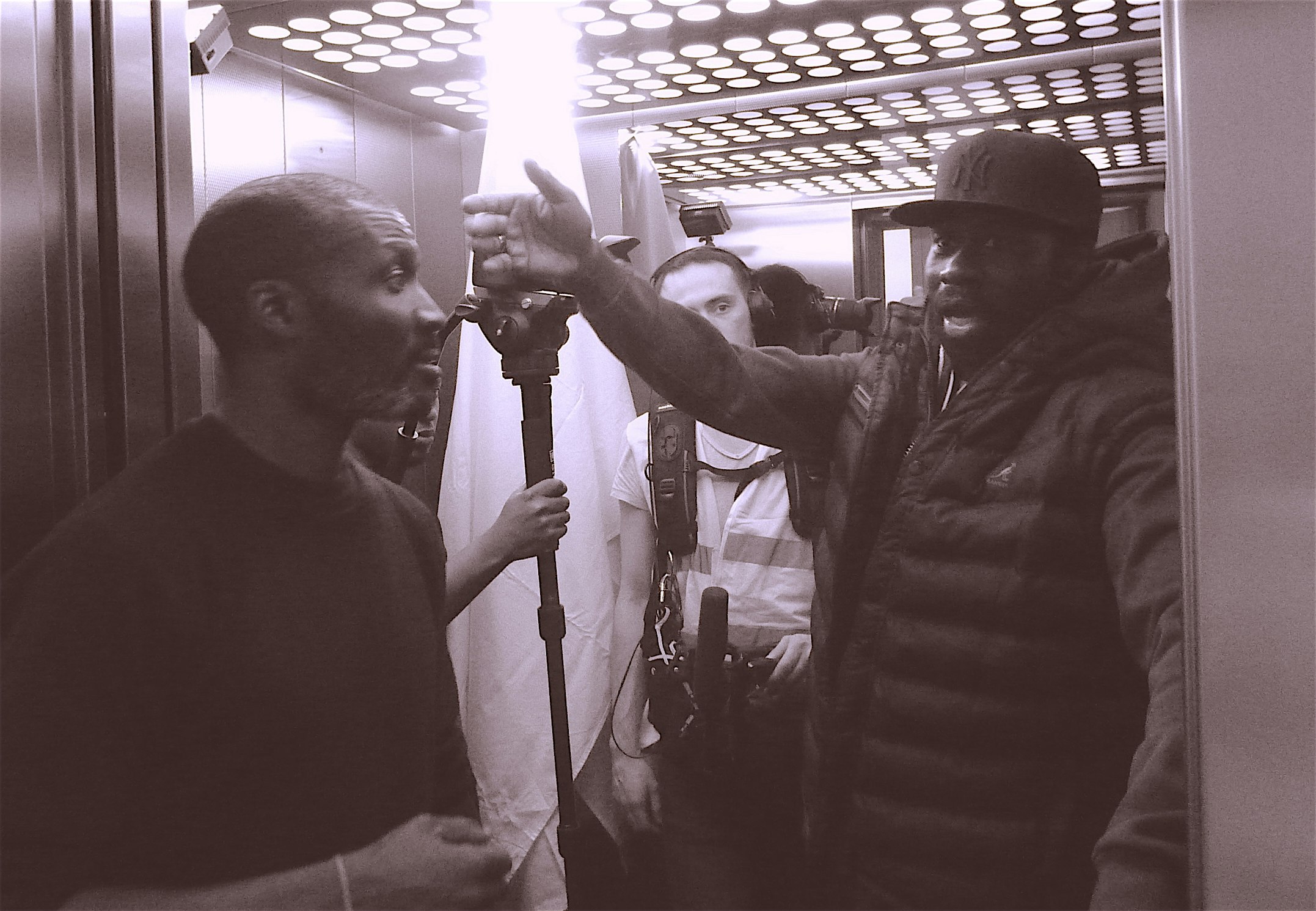
Another example of being blindsided, seemingly (or at least as it feels at the time) by fate, took place at the end of day 1. That day, give or take a few minor mishaps, a couple of disagreement, the natural teething problems of a team finding its feet, and some issues I was aware of coming in, actually went pretty smoothly, all in all. There were things that definitely could've been done better, as well as a couple of outstanding shots we'd have to make up for, but overall we were pretty much on target.
Towards the end of day one, I was made aware that the location for the next day (between Oval and Kennington), was part of the route that made up the London Marathon. And that getting to the location could be a major issue. I was faced with making a decision later that evening, of going ahead as planned and having everyone come down anyway - just sort of risking it - or canceling that day and rearranging it on a day less haphazard and unpredictable.
It was an extremely tough one to call at the time, as everything online was warning people to stay away from the affected areas. Later that Saturday evening, once I was at home from the shoot, I made the decision to cancel the day. This was a big deal as everybody involved had allotted time for the day in question, and it can be a lot of work to renegotiate schedules and bring all parties back together plus re arrange the location. In the end my decision came down to me myself not being able to guarantee getting down on account of carrying nearly all the kit in my car and so having to drive. The thought of everyone there just waiting with nothing to do (essentially waiting on me) pushed me to make the decision not to take the chance.
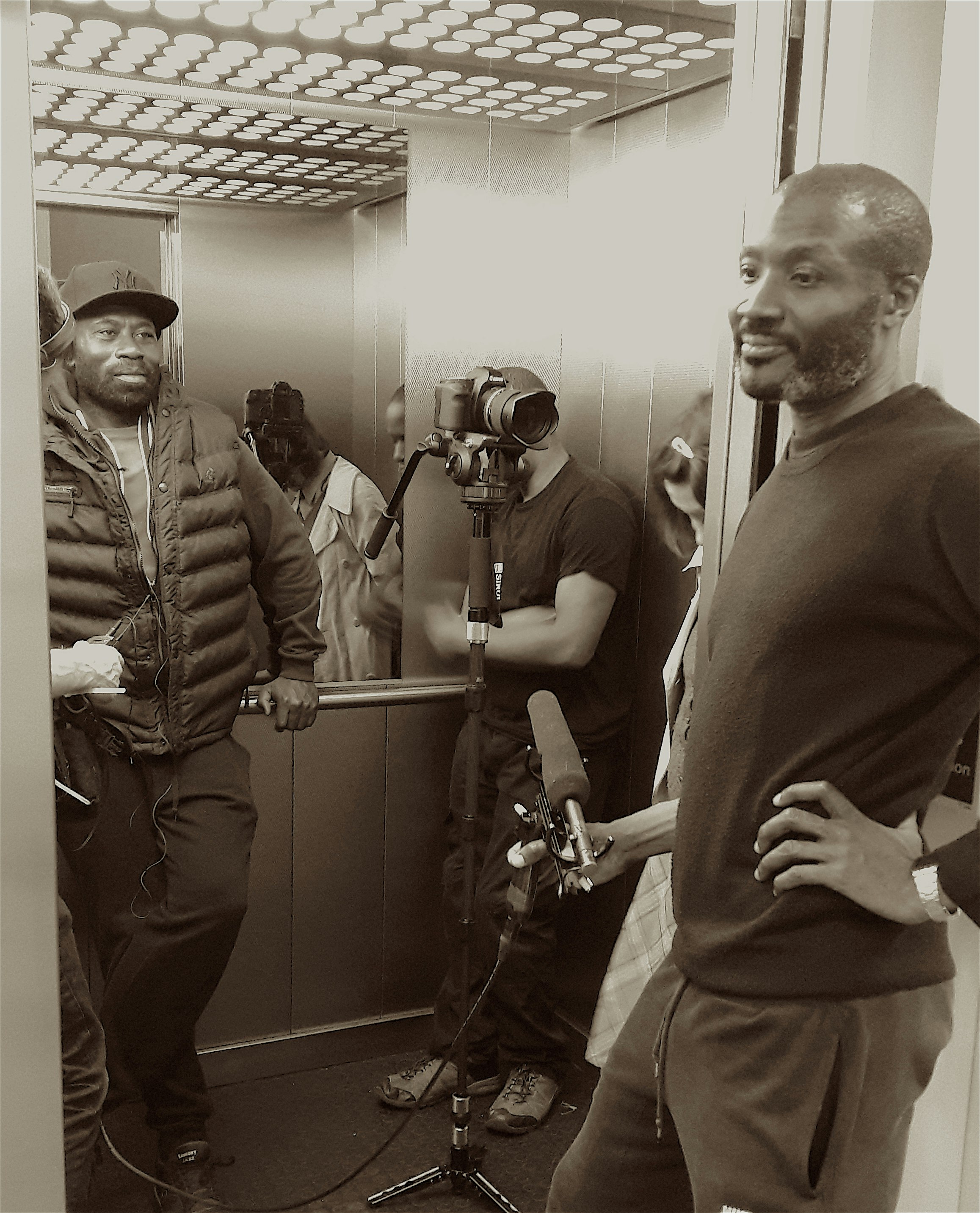
The next morning I received a message from head production assistant, Angeline Hadman, saying she'd checked the route again and that the Marathon Should pass through the disrupted areas quite early, with things more or less going back to normal by late afternoon.
With this information, it was decided that we try and chance it, as opposed to potentially wasting an entire day. It meant calling everyone pretty early that Sunday (the 23rd April) and preying nobody had made other plans in that timeframe.
In the end we kind of got lucky, in that the key players for that days work managed to come, despite others not being able to make it by then. It was bad luck (and an admitted oversight on my part) that got us into that mess, but it was also good fortune that got us out of it, too. There has to be a willingness to both plan but also roll with the inevitable punches to survive it through with facilities intact, I feel. The day, in the end, went well, and we lost way less ground, shot-wise, that most of us would've predicted, going in. It was a tricky call, but, ultimately, the correct one.
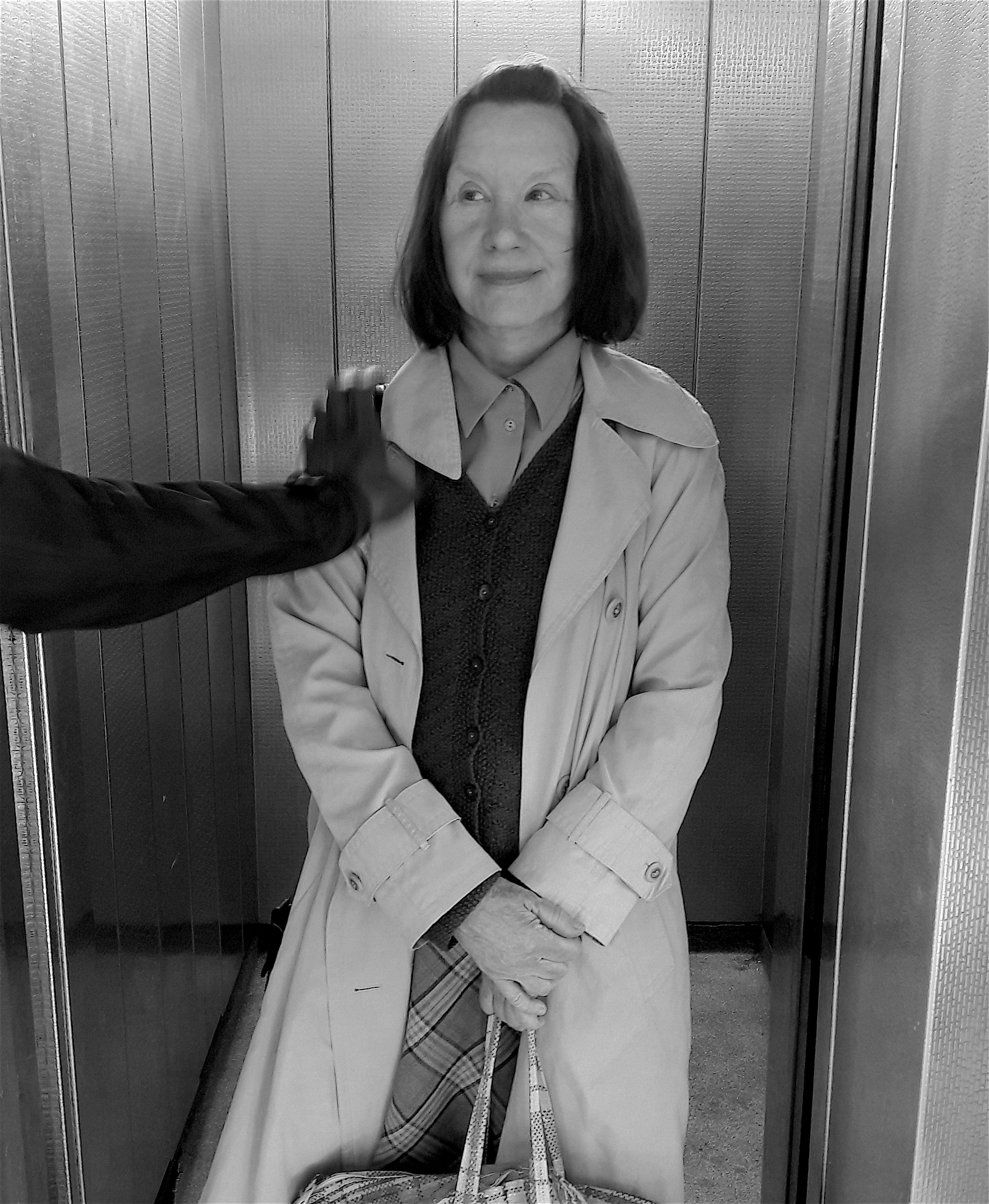
The last example of anything that can go wrong, going wrong, was the smallest but also in a lot of ways, the most purely exasperating.
One of the things you try and do when putting together a shoot, is to make sure that food is always forthcoming. You may not have a lot of money in the kitty re budget, but the one thing you can't skimp on with people is food. A hungry crew is an angry crew, was the way it was put to me. It was something I never forgot.
So for day three of the shoot I'd asked my nephew, whose passion is catering, to sort some food out, which he kindly agreed to. He made what was in fact an abundance of delicious food. Something I was very pleased and proud of. We were back at the West Norwood location (that I'd dressed the day before the first day of shooting), and because it was a friends house and because I knew we'd be there all day, I felt I could afford to get some (hot) home food in and treat people a bit.
It was a late start of 12 noon that day (Saturday the 29th), and a relatively easy, or at least straight forward one at that, as we were filming flashback scenes that didn't call for sound (sound being an extra layer of potential complication and therefore, time). The plan was to wrap and then eat at the West Norwood location for about 5pm, and head back to the kennington location (where the lifts are) for about 6:30pm, where we'd go till late potentially, finishing all outstanding scenes.
So that was the plan and, happily, everything was going to said plan, up until the moment we broke for dinner that is. We got out all the food that Head Production assistant Angeline Hadman had gone all the way to Tottenham to collect that morning, only to be told that not only was the oven broke, but the owner of the flat had no microwave as well. Now, it's easy to say that, in hindsight, this is something that could and should have been checked (and believe me, something I'll be checking in future), but, really, who in London doesn't have either a microwave or an oven?! I mean, really?!!
The hobbs (at the very least) were working and we were forced to put everything in pots and warm things up that way. Or at least all that could be put in a pot. Everything else - so much of the food that was meant to be heated and enjoyed hot - was eaten cold. The food took awhile and people ended up eating singularly, as apposed to the communal experience I'd somewhat envisioned, as we had to dish out food (due to the pans available being quite small) one or two people at a time with ten or 15 minutes between serving the next. Everyone nonetheless was fed and seemed appreciative, and the crisis averted.
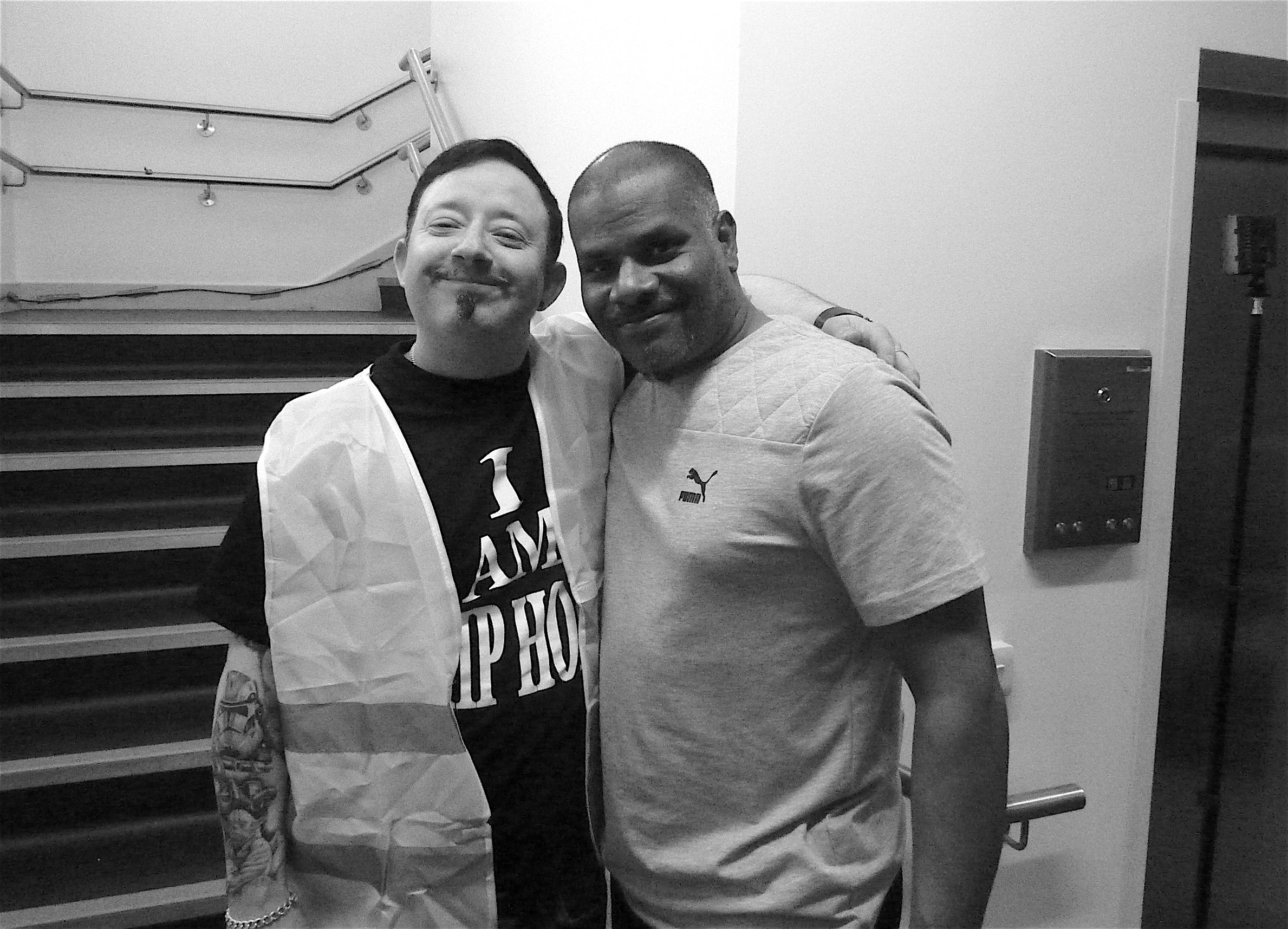
It's one of those things that seems relatively small in the re telling, but can really throw you through a loop and discombobulate you in the moment. There's so much other stuff to think about anything new can seem like a crisis. Keeping a calm head and not blowing things out of proportion has really helped for me, and Im certain will continue to, going forward.
There are problems like this, major and minor, over the course of all shoots all the time I'm sure. And I'm equally sure the more shoots you do, the more trouble-filled scenarios you're able to foresee and avoid, to some extent. That said, anyone looking to do this has to know that it comes part and parcel as part of the deal, especially at this level - where there're often no permits and moments are grabbed - and that the more you except this reality, the better equipped you'll be to roll when those punches eventually and inevitably come.
It doesn't mean though I won't continue to ponder the question: who the hell in London doesn't have a microwave or oven ... I mean, really?
JBJ
